–
–
After a very full and exciting week last week we seem to have slowed down a little over the past seven days. Our blue sky weather in Cappadocia finally came to an end, and we’d seen a lot of fairy chimneys by the time we left. On our last full day of exploring we headed to Cavusin, a small village at the base of an impressive honeycombed rock outcrop. We clambered up and got to the Church of St John the Baptist, which dates from the 5th century and is one of the oldest churches in Cappadocia. Access is now assisted by a platform because the structure of the entire outcrop is so eroded that the original route no longer exists. It was impressive. A huge cave carved out of the rock in the shape of a traditional church, complete with columns, wall carvings and the remains of frescoes. We scrambled around the rest of the outcrop, climbing in and out of rooms, peering out of high windows and wondering if a huge cracks in the rock meant the whole thing was going to collapse in the next 5 minutes or the next 5 years.
From there we walked to an area called Pasabag, known for its mushroom-shaped fairy chimneys. The shape is a result of the more solid rock on top being eroded slower than the layers underneath. The image you see on a lot of local postcards is the three-headed fairy chimney. A single chimney splits into three at the top, with each of the small chimneys being topped by a basalt hat. It was cool, but actually some of the nicer scenery was further up the valley where the basalt tops have all but toppled off chimneys that have eroded away to narrow tips. The discs of basalt balance at odd angles, waiting to be jolted off by the next earthquake.
Further up the valley was the Zelve Open Air Museum. Three narrow valleys were home to a densely populated Christian community between the 9th and 13th centuries. Habitation continued after the valley’s population became majority Muslim and it is home to one of the only cave mosques in Cappadocia. Because a mosque needs to face toward Mecca it’s more difficult to find an appropriate cave/cliff. As late as 1952 people lived in the valleys and worshipped in the mosque, but were moved out when the eroding cliffs were deemed to be too dangerous. One of the valleys was blocked off and we weren’t able to explore the monastery with narrow rock cut stairs leading off its massive open chamber. We looked across at it longingly as we exited the fantastic tunnel which led, through a series of rooms and passageways, from one valley to the next.
From Cappadocia we didn’t travel far to Aksaray, our base for visiting one of the many hans, or caravanserais, that are found in the area. They are spaced at a distance of a day’s camel ride apart, along an ancient trade route. In the 13th century the Seljuk Turks ordered the construction of the hans, which were paid for by the sultan and provided free accommodation for the caravans. It seems that they are mainly found in this area but I’m not sure why that is, maybe because the landscape here is pretty barren and flat. There may not have been many villages in the area and there certainly wouldn’t have been many places to find shelter (from weather or attack). We visited the Sultanhani, 40km from Aksaray, which was originally built in 1229. It was restored in 1278 after a fire and became Turkey’s largest han. A single entrance led through an ornately carved gate into an inner courtyard surrounded by rooms. These were the sleeping, dining and cooking areas, with animals accommodated in an indoor area almost as big as the living quarters for people. In the centre of the courtyard a raised mosque accommodated the spiritual needs of the traders.
We’re now in Ankara, which hasn’t really made all that good an impression on us. I guess it’s unfair to compare a manufactured capital to a city that’s been the capital of empires since 324AD, but I have to say that Istanbul is a much nicer city. Ankara and the surrounding area do actually have a long history of habitation, though when it was named the capital in 1924 it had only 35,000 inhabitants. Now there are 4.5 million. Today we learned more about the history of the surrounding area at the Museum of Anatolian Civilisations. One of the displays from the Neolithic age showed obsidian mirrors and little cosmetic kits made out of half a shell and a small spatula. 9,000 years ago women were trying to make themselves look prettier. There was also an interesting collection of Hittite tablets inscribed with cuneiform script. A few of the clay tablets were covered with their original “envelopes”, clay casings that had to be broken before the tablet could be read. I’ve never seen that before. Another thing I didn’t know was that cuneiform was the first ever writing system, developed by the Sumerians around 3,400BC and used in various forms for the next 3,000 years. The mind boggles.
Yesterday we visited the mausoleum of Mustafa Kemal Ataturk, the man whose image is ubiquitous all over the country and whose name graces the main street of most cities. I mentioned him in my blog when we visited Gallipoli because he was the man who can take greatest credit for the failure of the Allied invasion. He didn’t stop there though; commanding Turkish army strategy in the War of Independence against Greece, and then proving that he was more than “just” a military genius by being an able politician and president of the newly founded Republic of Turkey. By all accounts he was an incredible man, though I had to roll my eyes at the overly nationalistic movie that claimed that it was “the love and respect of the Turkish people” that saved him from being killed by shrapnel on Gallipoli. It was a pocket watch; we saw the remains of it. The mausoleum is an imposing stone monument with an enormous parade ground for the ceremonies that still take place over 70 years after his death in 1938.
Tomorrow we travel north to Safranbolu where we start what is essentially a tour of UNESCO world heritage sites. Safranbolu is a town with many Ottoman era wooden houses then Hattusha, which was the Hittite capital from about 1375BC. From there we go to Divrigi, where the mosque/medrese complex has beautifully carved gateways. Our last stop in Turkey (apart from a return to Istanbul) will be Nemrut Dagi, the mountain with the stone heads which we’ve put off as long as possible so that we have a chance of visiting the top without too much snow. Then it’s off to Germany by train with a stop in Belgrade.
Tags: Aksaray, Ankara, Ataturk, Cappadocia, Museum of Anatolian Civilisations, Pasabag, Sultanhani, Zelve
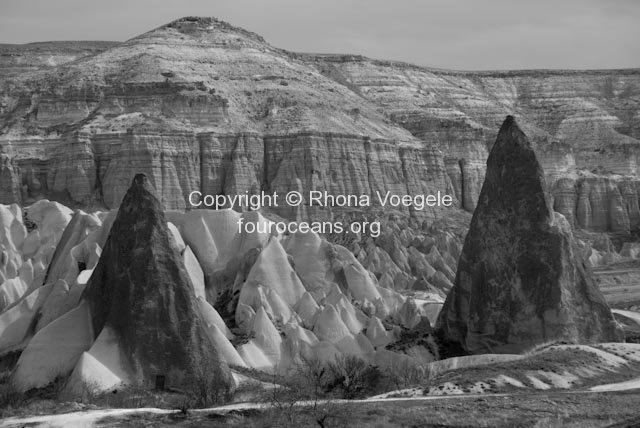
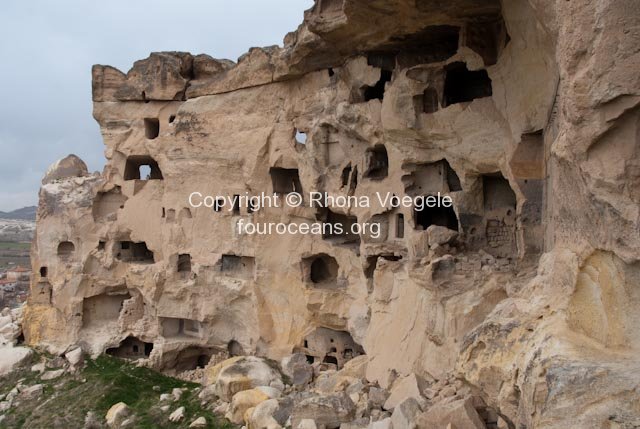
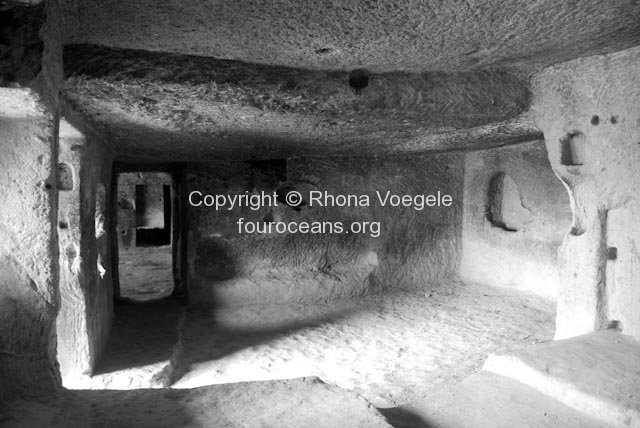
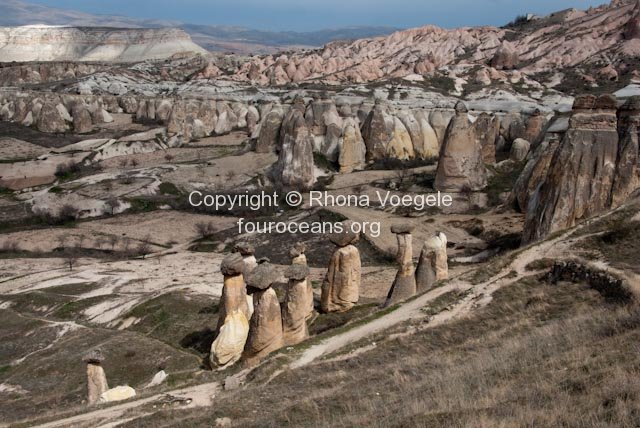
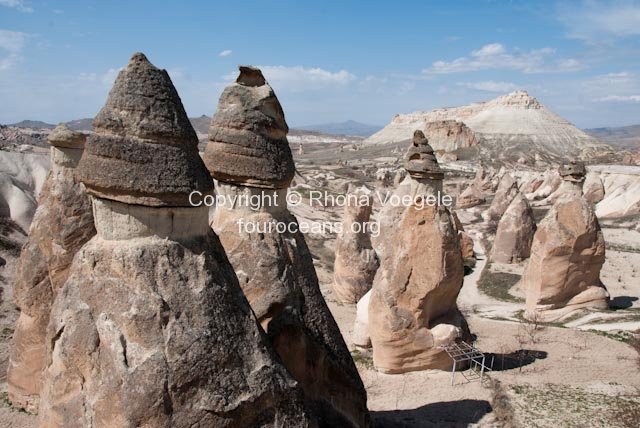
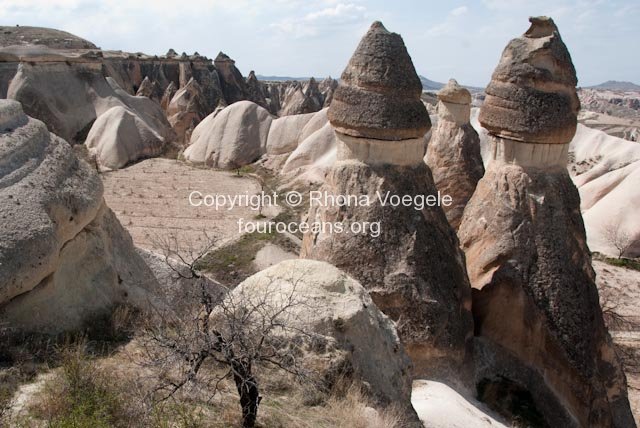
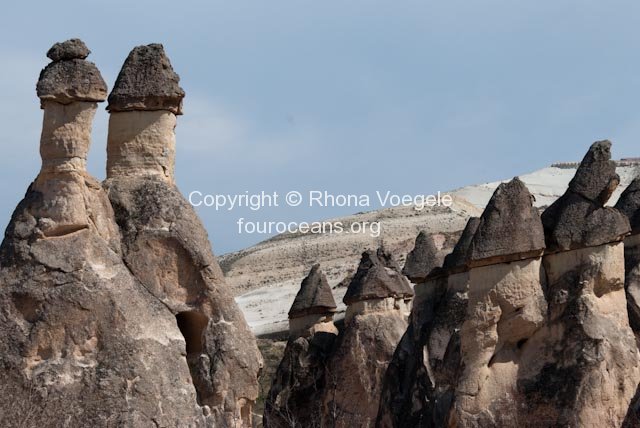
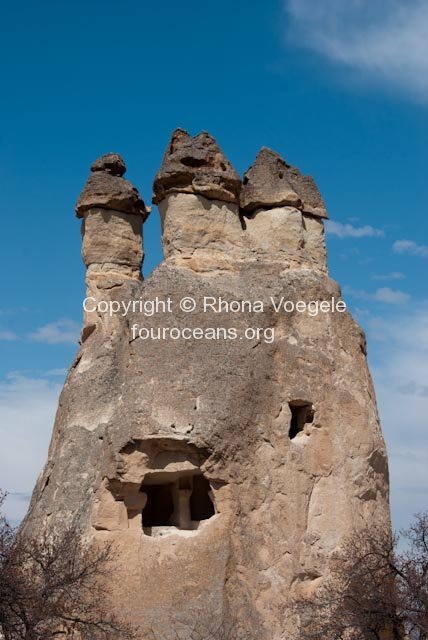
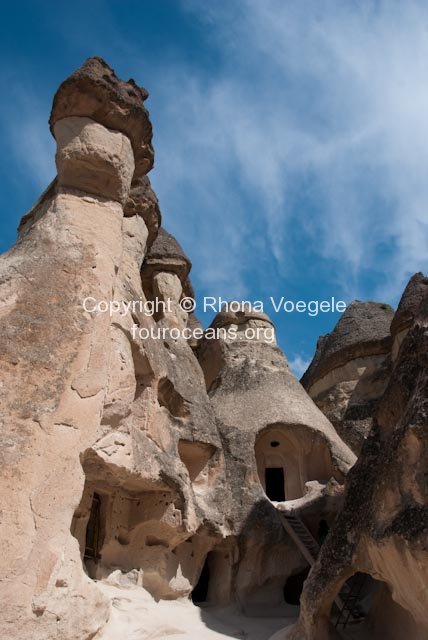
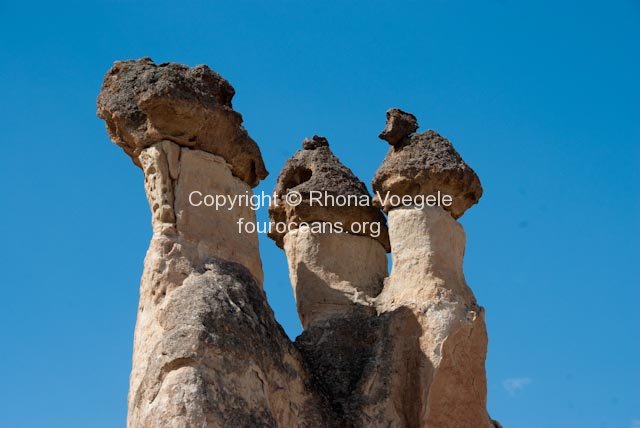
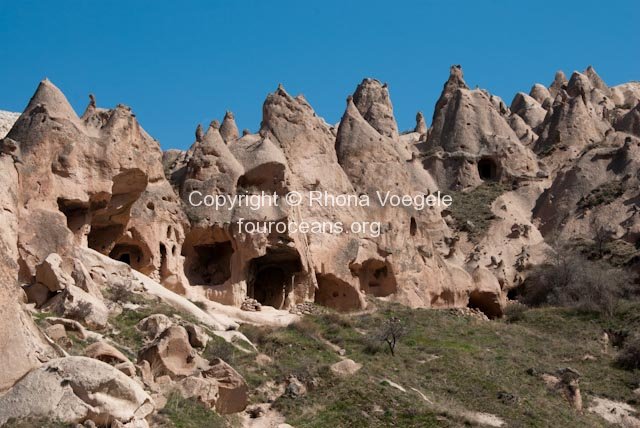
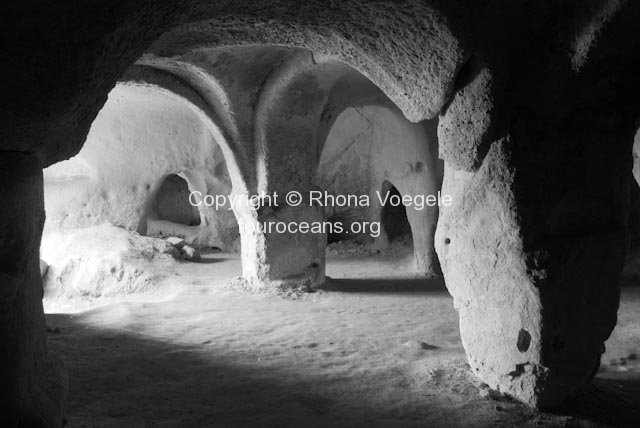
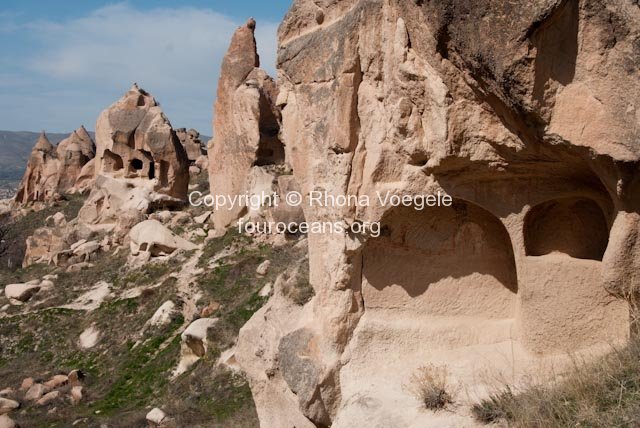
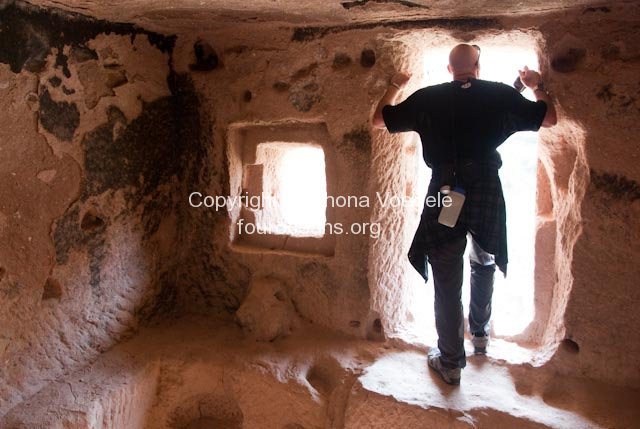
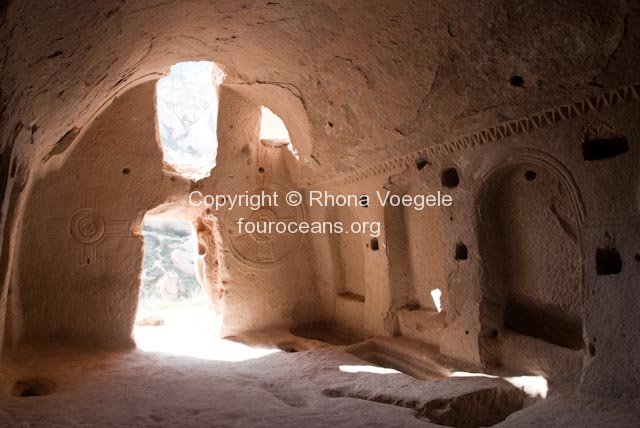
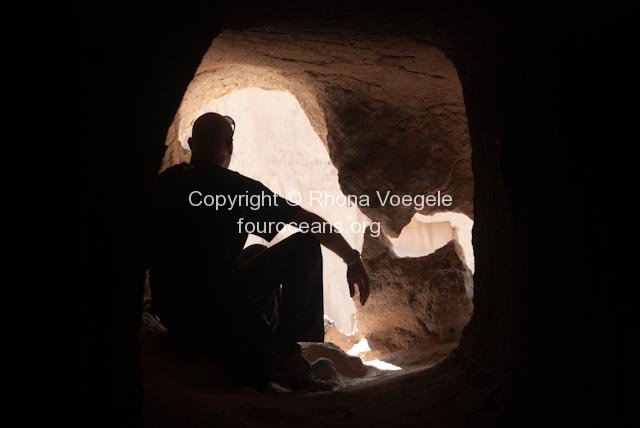
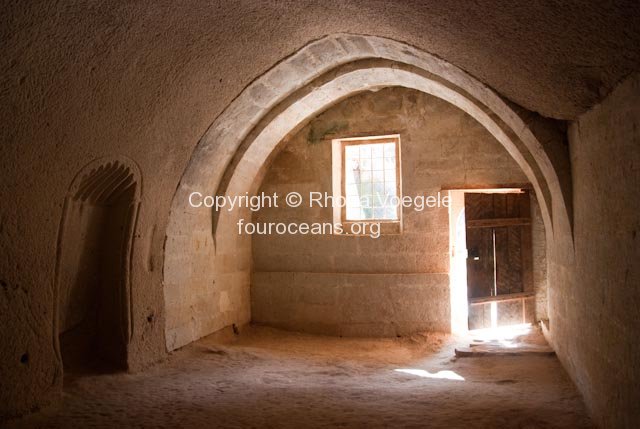
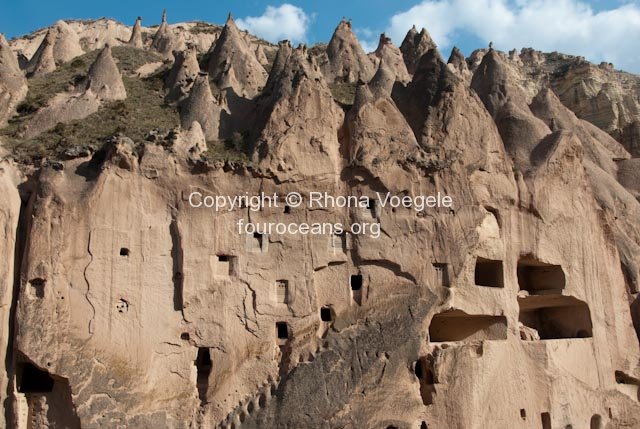
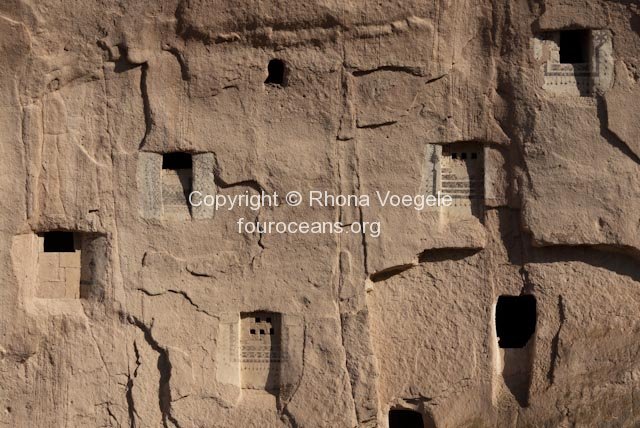
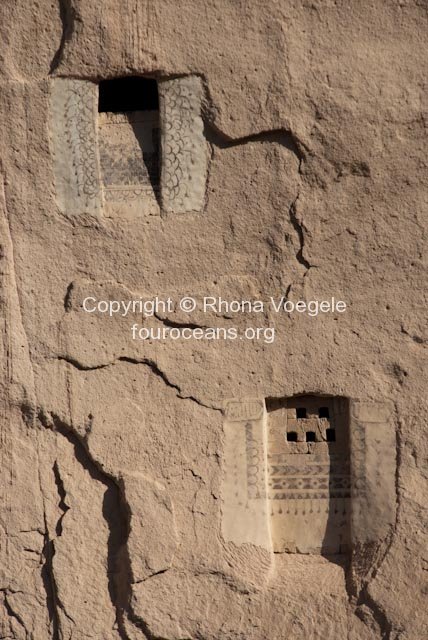
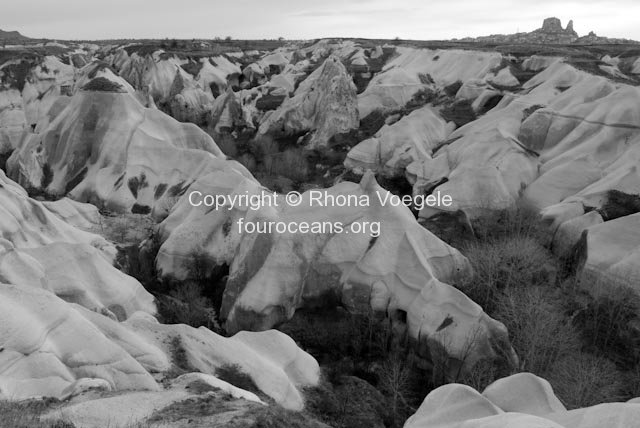
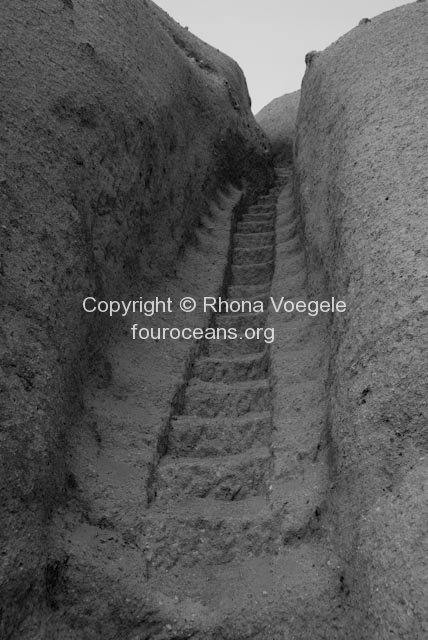
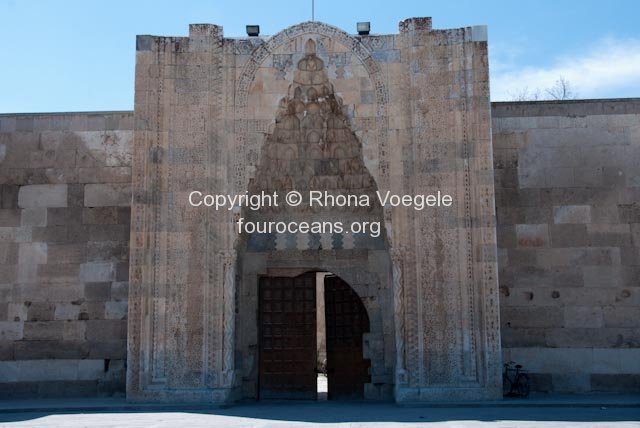
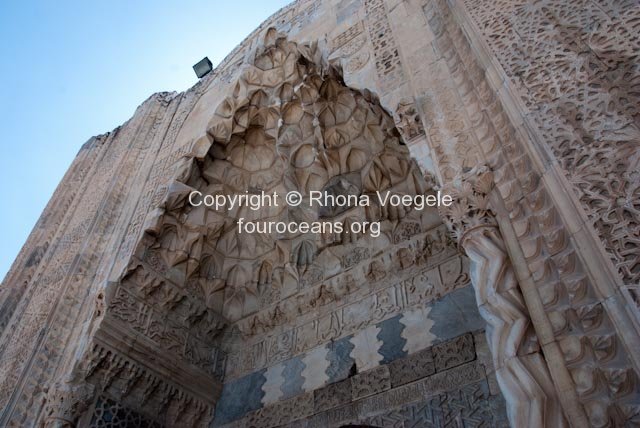
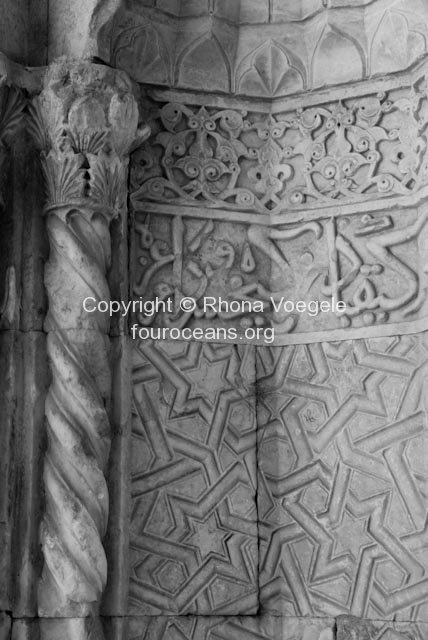
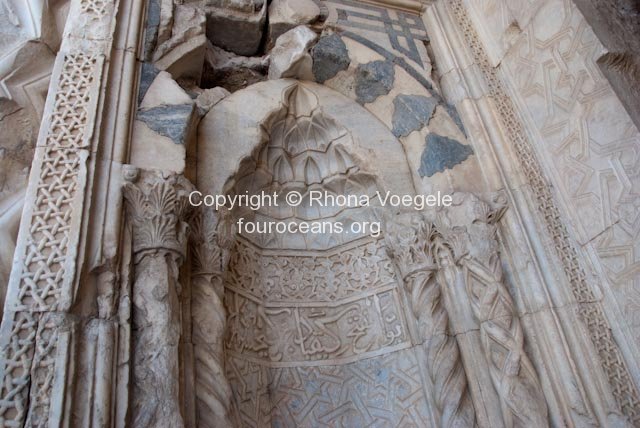
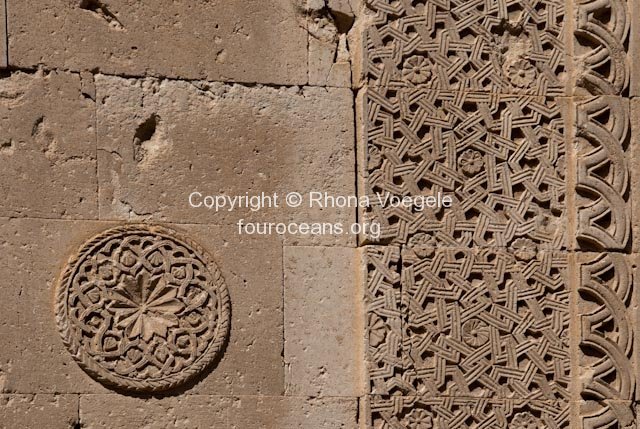
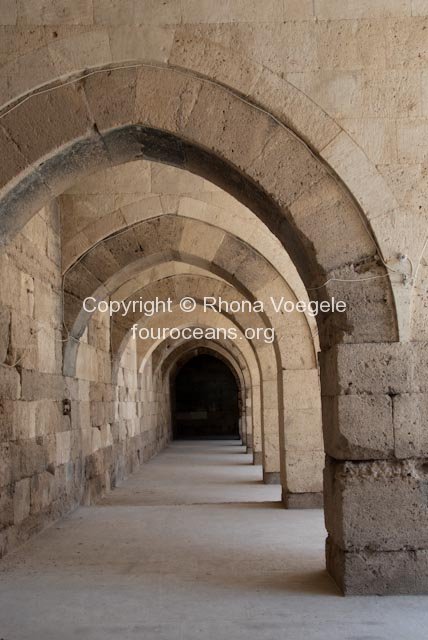
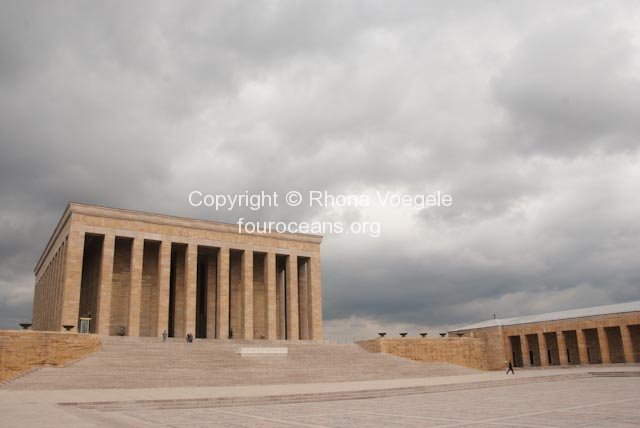
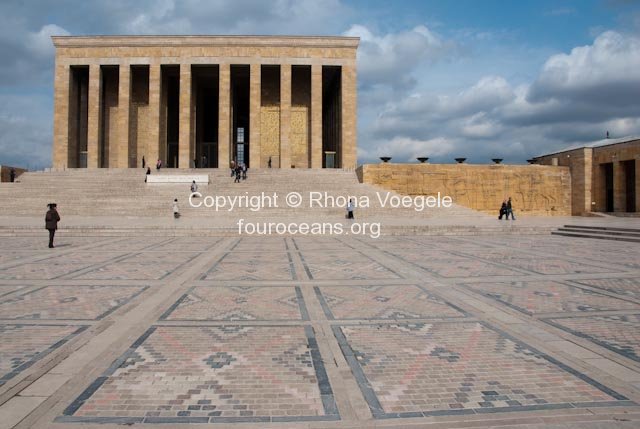
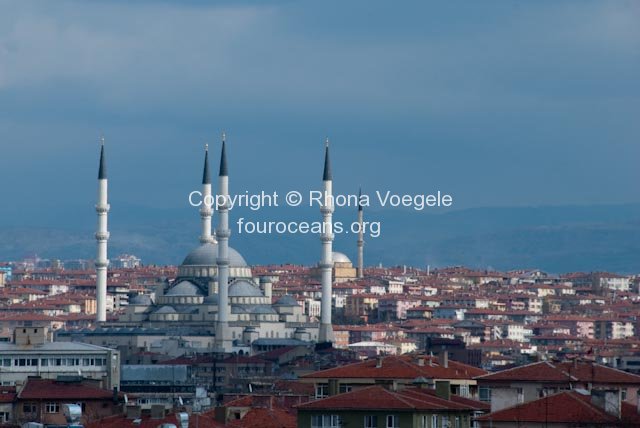

Leave a reply